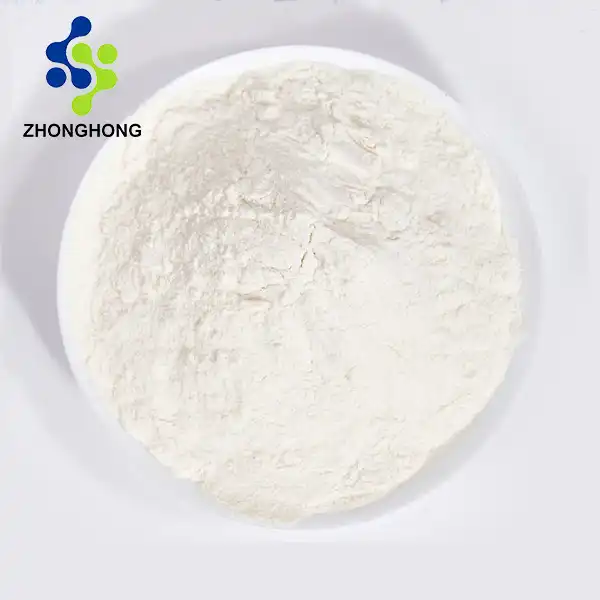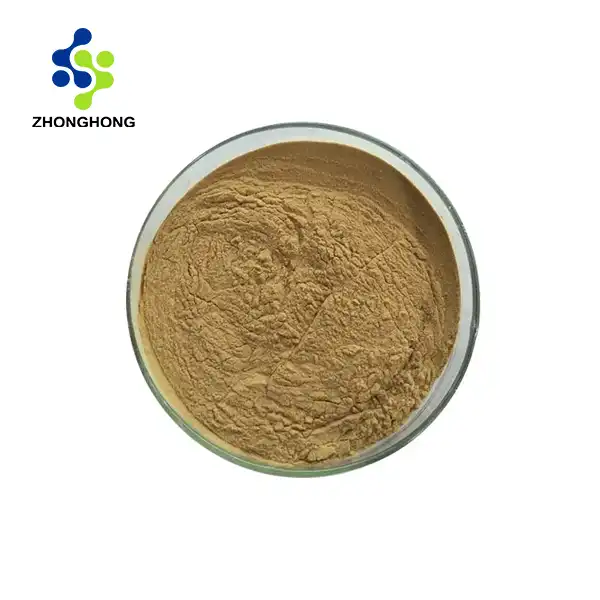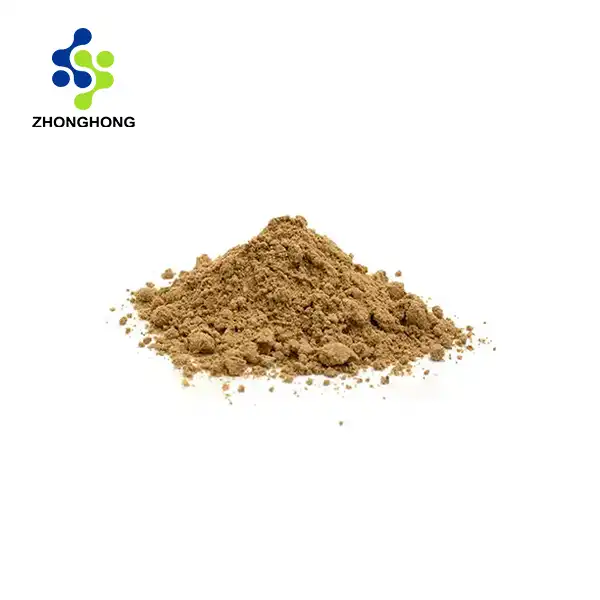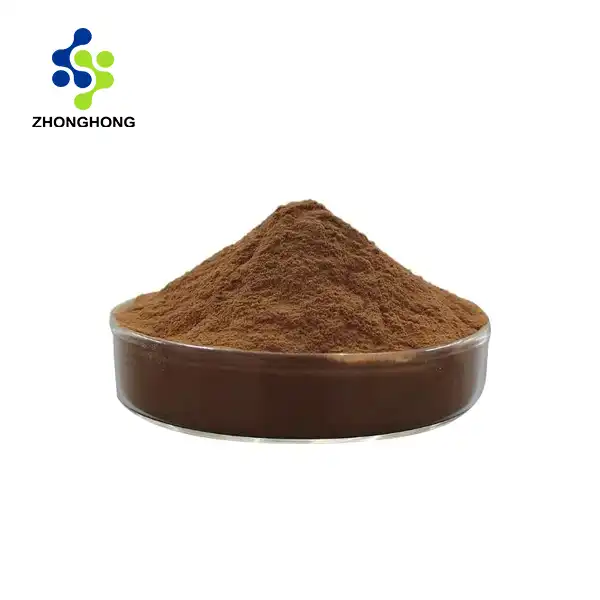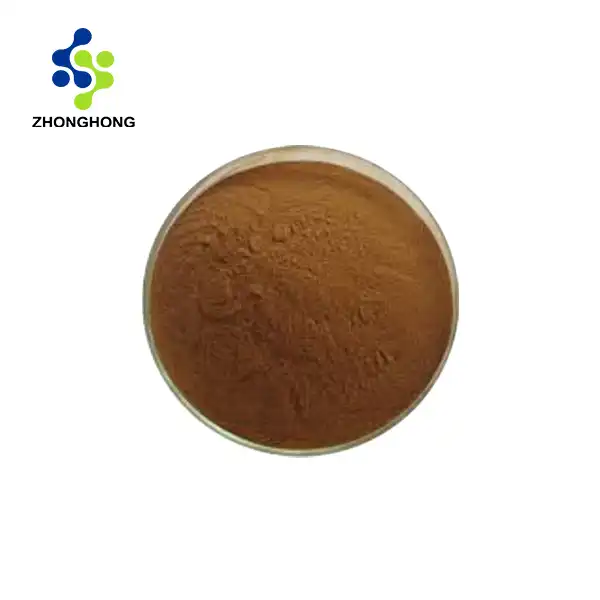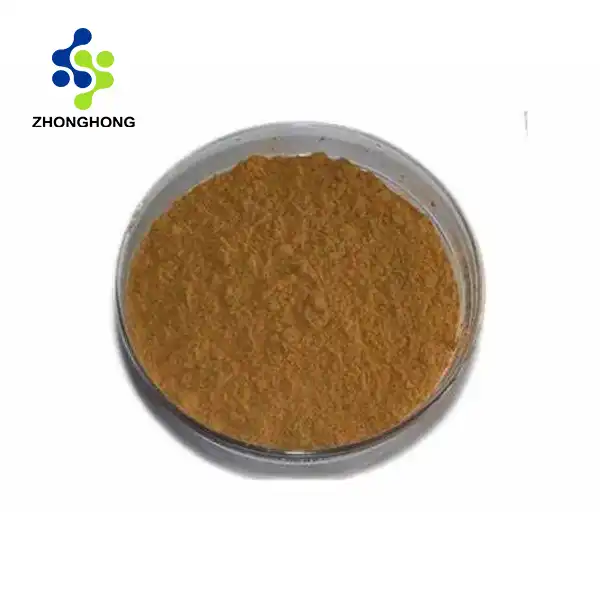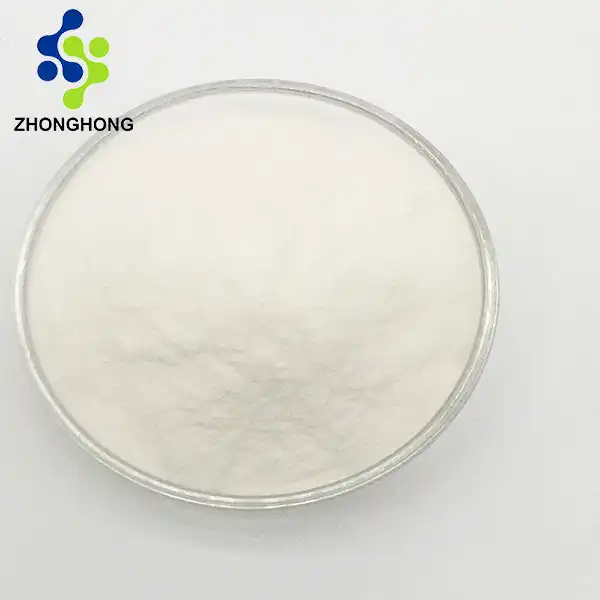How Gardenia Yellow Is Made and Processed?
Extraction Methods
The production of Gardenia Yellow Powder begins with the careful selection of ripe gardenia fruits. These fruits are harvested when they attain a reddish-yellow color in late autumn. The extraction process typically involves several steps to isolate the desired pigments:
- Fruit preparation: The harvested fruits are cleaned and prepared for extraction.
- Solvent extraction: The prepared fruits are subjected to solvent extraction, often using water or a mixture of water and ethanol.
- Filtration: The extract is filtered to remove solid particles and impurities.
- Concentration: The filtered solution is concentrated to increase the pigment content.
- Drying: The concentrated extract is dried to produce a powder form of gardenia yellow.
Advanced techniques such as homogenate extraction have shown promising results in improving the efficiency and yield of gardenia yellow production. This method utilizes high-speed mechanical shearing and mixing to extract the pigments without the need for heating or pressure.
Chemical Composition
The vibrant color of gardenia yellow is attributed to its key components:
- Crocetin: A carotenoid dicarboxylic acid that contributes to the yellow-orange hue.
- Crocin: The digentiobiosyl ester of trans-crocetin, which is water-soluble and provides intense coloration.
These compounds not only impart color but also possess antioxidant properties, contributing to the potential health benefits of gardenia yellow.
Quality Control and Standardization
To ensure consistency and quality in gardenia yellow production, manufacturers implement rigorous quality control measures:
- Spectrophotometric analysis: To determine the color value and intensity of the pigment.
- HPLC (High-Performance Liquid Chromatography): For quantification of crocin and crocetin content.
- pH testing: To ensure optimal color stability across different applications.
- Microbiological testing: To guarantee the safety and purity of the final product.
Standardization efforts focus on establishing uniform production methods and quality parameters across the industry, ensuring that gardenia yellow meets regulatory requirements and consumer expectations.
Best Brands for Gardenia Yellow Powder in 2024
Leading Manufacturers
The gardenia yellow market has seen significant growth, with several brands establishing themselves as leaders in quality and innovation. Some notable manufacturers include:
- Shaanxi Zhonghong Investment Technology Co., Ltd.: Known for their high-quality plant extracts and commitment to sustainable practices.
- Synthite Industries Ltd.: A global leader in natural food colors, offering a range of gardenia yellow products.
- Kalsec Inc.: Recognized for their natural spice and herb extracts, including gardenia-based colorants.
- San-Ei Gen F.F.I., Inc.: A Japanese company with expertise in natural food coloring solutions.
These brands have invested in research and development to improve the stability, solubility, and application range of gardenia yellow powder.
Product Specifications
When selecting a gardenia yellow powder, consider the following specifications:
- Color value: Typically measured in units of color intensity per gram.
- Solubility: Water-soluble formulations are preferred for many food applications.
- Particle size: Finer particles generally offer better dispersion and color uniformity.
- pH stability: Look for products that maintain color stability across a wide pH range.
- Organic certification: Some manufacturers offer organic-certified gardenia yellow powder.
Leading brands often provide detailed product specifications and technical support to help customers choose the right formulation for their needs.
Customer Reviews and Industry Recognition
When evaluating gardenia yellow powder brands, consider:
- Customer testimonials: Look for feedback from food manufacturers and product developers.
- Industry awards: Recognitions for innovation, quality, or sustainability practices.
- Third-party certifications: Such as ISO, HACCP, or organic certifications.
- Publications: Brands that contribute to scientific research or industry publications.
Reputable brands often showcase their expertise through case studies, application guides, and participation in industry events, demonstrating their commitment to advancing the field of natural colorants.
FAQs About Gardenia Yellow: Your Questions Answered
Safety and Regulatory Compliance
Q: Is gardenia yellow safe for consumption?
A: Gardenia yellow is generally recognized as safe (GRAS) by regulatory bodies such as the FDA. It has been used in food products for many years without reported adverse effects. However, as with any ingredient, individuals with specific allergies or sensitivities should exercise caution.
Q: What regulatory approvals does gardenia yellow have?
A: Gardenia yellow is approved for use in food products in many countries, including the United States, European Union, and Japan. It is often listed as "Gardenia Yellow" or "CI Natural Yellow 5" on ingredient labels. Always check local regulations for specific requirements in your region.
Applications and Usage
Q: What types of food products can gardenia yellow be used in?
A: Gardenia yellow finds applications in a wide range of food products, including:
- Beverages and wines
- Dairy products (yogurt, ice cream)
- Baked goods and pastries
- Confectionery and candies
- Processed meats
- Sauces and dressings
Q: How does gardenia yellow compare to synthetic food colorants?
A: Gardenia yellow offers several advantages over synthetic alternatives:
- Natural origin, appealing to health-conscious consumers
- Clean label potential
- Potential health benefits due to antioxidant properties
- Stability across a wide range of pH and temperature conditions
However, it may require higher usage levels to achieve the same color intensity as some synthetic colorants.
Storage and Handling
Q: How should gardenia yellow powder be stored?
A: To maintain the quality and color intensity of gardenia yellow powder:
- Store in a cool, dry place away from direct sunlight
- Keep the container tightly sealed when not in use
- Avoid exposure to high temperatures or humidity
- Follow the manufacturer's recommended storage conditions and shelf life
Q: Are there any special handling considerations for gardenia yellow?
A: While gardenia yellow is generally safe to handle, it's recommended to:
- Use appropriate personal protective equipment when working with the powder form
- Avoid inhalation of dust particles
- Wash hands thoroughly after handling
- Follow good manufacturing practices to prevent cross-contamination in food production environments
Conclusion
Gardenia yellow stands out as a versatile and natural coloring agent, offering vibrant hues and potential health benefits. Its growing popularity in the food industry reflects a shift towards cleaner labels and natural ingredients. By understanding its production, applications, and best practices, manufacturers can leverage Gardenia Yellow Powder to create visually appealing and consumer-friendly products. If you want to get more information about this product, you can contact us at liaodaohai@gmail.com.
_1728976869676.webp)
